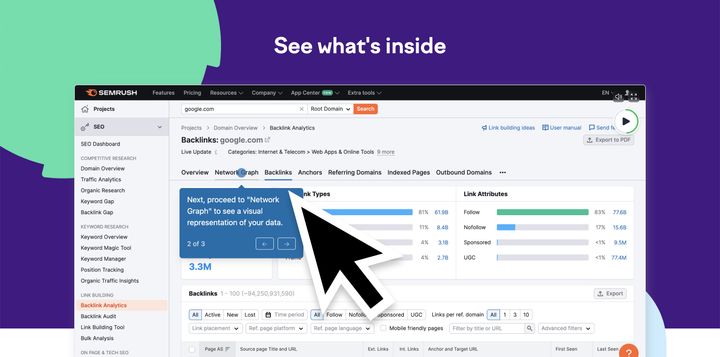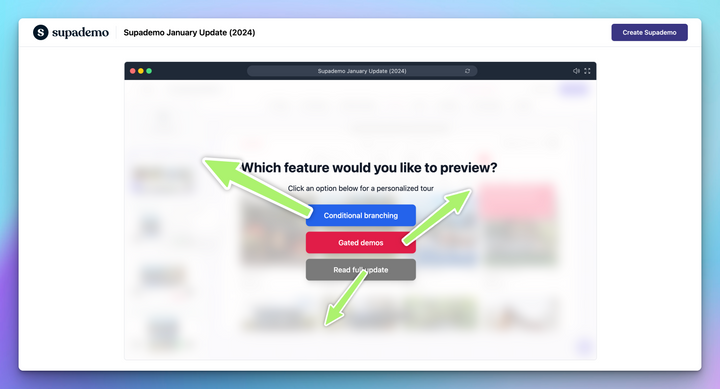In the world of sales and marketing, every business has a customer journey. Whether you realize it or not, there's a strategy that turns someone unfamiliar with your brand into a satisfied customer. Understanding and visualizing this process is crucial for attracting and retaining new customers. Two popular approaches to understanding the customer journey are the sales funnel and the flywheel. In this article, we will explore the differences between these two approaches and their advantages in constructing a scalable sales process.
What is a Sales Funnel?
A sales funnel is a system that helps you visualize the journey each customer takes towards making a purchase. While each individual journey may vary, there are basic steps that everyone goes through to complete a purchase. These steps are typically divided into three parts: the top, the middle, and the bottom of the funnel. The further down the funnel a customer goes, the closer they are to making a purchase.
Top of the Funnel (TOFU)
The top of the funnel consists of people who are new to your business. They may have heard about you, engaged with your social media posts, or visited your website. These individuals have identified a problem and are actively seeking solutions, which your business can provide. The main goal at the top of the funnel is to capture their attention and engage them with your brand.
To optimize the top of your funnel, focus on the following conversions:
- Registrations
- Newsletter subscriptions
- Call bookings
- PDF or ebook downloads
Middle of the Funnel (MOFU)
The middle of the funnel is populated by leads who have either subscribed to your newsletter or signed up on your website. At this stage, you have their basic contact information, but to move them closer to making a purchase, you need to learn more about them. It's essential to nurture these leads and build a responsive relationship.
The key conversions to aim for in the middle of the funnel include:
- Engagement: email opens, ad clicks, content viewed
- Activation: creating a responsive relationship between you and your leads
- Segmentation: putting leads into separate buckets based on their behavior
Bottom of the Funnel (BOFU)
The bottom of the funnel represents the smallest but most valuable pool of prospects. Not all leads will make it to this stage, and that's perfectly fine. It's not about forcing everyone further into your funnel but rather meeting people where they are in their purchasing journey. At this stage, BOFU leads need an extra push or incentive to make a purchase.
Common incentives to encourage BOFU leads to convert include:
- Time-restricted special offers
- Small discounts
- Reassurance in the form of a call with your team or positive reviews
What is a Flywheel?
While a sales funnel focuses on guiding customers towards a purchase, a flywheel takes a different approach. The defining feature of a flywheel is that it keeps spinning, continuously engaging and delighting customers. The flywheel places the customer at the center of everything, emphasizing the importance of customer satisfaction and retention.
The Stages of the Flywheel
Instead of the traditional funnel stages of "attract, engage, convert," the flywheel follows the stages of "attract, engage, delight." The key difference and benefit of the flywheel approach lie in its focus on delighting customers, rather than solely driving conversions.
Delighting customers has a multiplying effect. Happy customers are more likely to leave positive reviews, recommend your business to others, and ultimately attract new customers. This creates a win-win-win situation for you, your existing customers, and potential customers who discover your brand through positive reviews.
The flywheel recognizes the changing behavior of present-day customers. People are more likely to seek recommendations from friends, check online reviews, and engage on social media before making a purchase decision. The flywheel accommodates this behavior, ensuring that customers have a positive experience throughout their journey.
Creating a Complete Funnel with the Flywheel Approach
To create a successful sales process, it's important to combine the concepts of the sales funnel and the flywheel. By incorporating elements from both approaches, you can create a holistic and effective system. Here are some steps to consider:
Attract: Attract new customers to the top of your funnel by implementing effective marketing strategies. Utilize SEO techniques to rank highly on search engines and create valuable content that educates and engages your target audience.
Engage: Once you've attracted potential customers, engage with them through various channels such as social media, email marketing, and personalized content. Build a responsive relationship by providing relevant and valuable information that addresses their needs and pain points.
Delight: The key to the flywheel approach is to delight your customers. Provide exceptional customer service, exceed expectations, and continuously seek feedback to improve your products or services. Happy customers will become brand advocates, spreading positive word-of-mouth and attracting new customers.
Measure and Optimize: Continuously measure the effectiveness of your sales process and make data-driven optimizations. Track key metrics such as conversion rates, customer satisfaction, and customer retention. Identify areas for improvement and implement strategies to enhance the customer experience.
By combining the concepts of the sales funnel and the flywheel, you can create a comprehensive and customer-centric sales process. Remember, the ultimate goal is not just to drive conversions but to build long-term relationships with your customers.
Conclusion
In the ever-evolving world of sales and marketing, understanding the customer journey is crucial for success. While the sales funnel provides a structured framework for guiding customers towards a purchase, the flywheel approach emphasizes the importance of customer delight and retention. By combining the strengths of both approaches, businesses can create a scalable and effective sales process that attracts, engages, and delights customers. So, embrace the funnel and flywheel, and watch your business soar to new heights.




